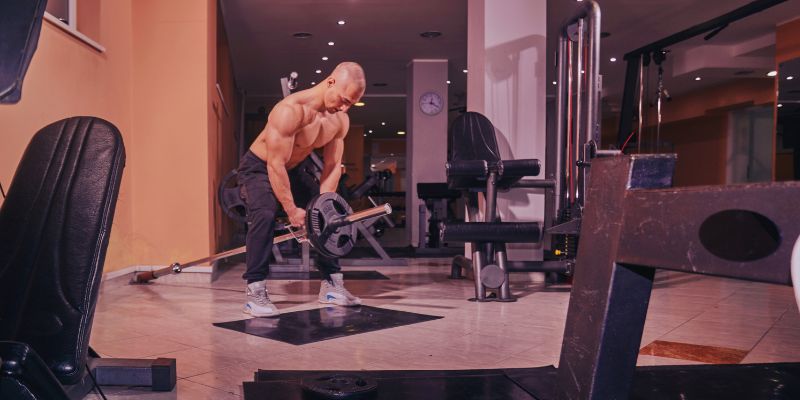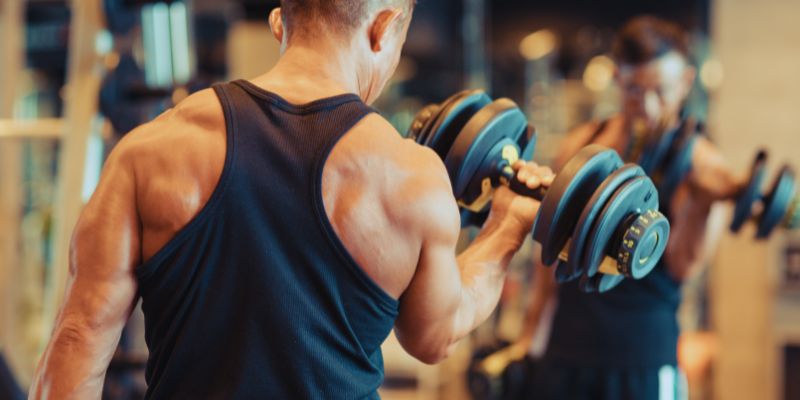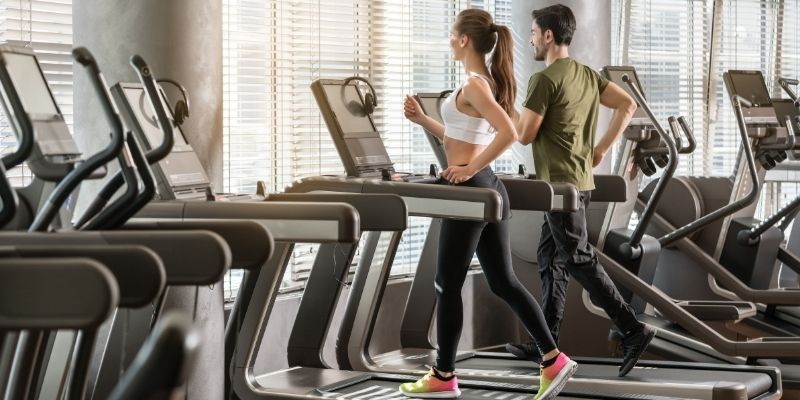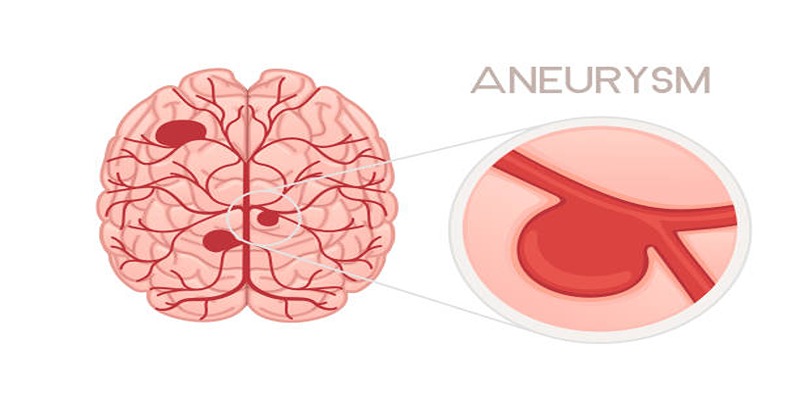Building back muscles enhances posture, supports daily activity, and helps prevent injury—it's not only about appearance. Back training should always be part of your exercise routine, regardless of your years of experience with lifting or conditioning. A good back supports your spine, increases your strength, and aids in bodily equilibrium. It is also quite important for pulling actions and heavy lifting.
This guide will help you with the most efficient back exercises for muscular development. Everyone aims at a particular area of your back. You will appear better, gain more confidence, and grow stronger. Simple form, smart instruction, and consistency are all that are needed—not sophisticated machinery. Prepare to level off your workouts and maximize your results.
Back Exercises that Build Muscle
Below are some of the best back exercises that build muscle and help strengthen your upper, middle, and lower back areas.
Deadlifts
Deadlifts engage your whole back, particularly your lower back and the muscles supporting your spine. They also go for your glutes and hamstrings. This complex action strengthens and powers your entire body. Lift, keeping your back flat and core tight. Steer clear of momentum and round off your shoulders. Start with smaller weights and pay initial attention to the correct form. As you advance, steadily add weight. Deadlifts work on posture, athletic power, and muscular definition. Warm up always before big lifts. Extra lower back support could come from a belt.
Pull-Ups
Pull-ups mainly target the lats in your upper back. They also use your biceps and shoulders. This bodyweight action increases width and thickness across your back. Stressing the lats, use a wide grip. Keep your chest up and steer clear of swinging your legs. Pull yourself till your chin is above the bar. Take slow lowers to prevent damage. If you cannot perform a complete pull-up, try utilizing bands or a machine for help. Regular practice helps one develop strength. Pull-ups are perfect for achieving that V-shaped back look.
Barbell Rows
The focus of barbell rows is the muscles in the middle and upper back. They work your rear shoulders and biceps as well. Start by bending at your hips with your back flat. Holding the barbell toward your waistline or lower chest, pull. At the lift's top, squeeze your shoulder blades. Start slow and then repeat lowering the weight. Maintaining control of your motions helps to prevent damage. Back thickening and posture correction come from barbell rows. They also enhance your grip. Choose reasonable weights to prevent depending just on momentum.

Lat Pulldowns
Excellent machine-based back exercises for beginners include lat pulldowns. They target your lats, therefore providing width to your upper back. Keeping your core tight, stand straight. Pull the bar down with the elbow leading from your upper chest. Steer clear of momentum use and lean too far back. Emphasize using your back muscles rather than your arms. Return the bar gradually toward the top. One nice substitute for pull-ups is lat pulldowns. They increase control and assist in strengthening your back. Target muscles from many angles by varying grips.
T-Bar Rows
T-bar rows are quite effective for thickness in your mid-back and rear shoulders. This exercise makes use of either a T-bar machine or a landmine configuration. Get on with your feet shoulder-width apart. Lean forward slightly and bend your knees somewhat. Holding the grips, draw the bar toward your chest. At the top, squeeze your shoulder blades together. Lower the bar gently and then repeat. Avoid yanking the weight; keep your back flat. T-bar rows shield your back and enable you to lift heavier.

Face Pulls
Face pulls target your traps, upper back, and rear shoulders. Work on a cable machine with a rope attachment. Set the pulley at upper chest level. Holding your elbows up, pull the rope toward your face. At the end, let your shoulder blades squeeze together. Keep your chest raised and steer clear of leaning back. Face pulls strengthen shoulder and posture. They also assist in the front and back equilibrium of your body. To moderate weight, use light. Control your slow performance of this exercise.
Dumbbell Rows
Rows with dumbbells let each side of your back work on its own. They help your muscles to develop harmony and balance. Start with one knee and hand on a bench. With the other hand, hold a dumbbell. Slink the dumbbell toward your waist. At the top, squeeze your shoulder blade. Start gradually and practice lowering the dumbbell. Steer clear of momentum-based twisting of your torso. Targeting lats, traps, and rhomboids, dumbbell rows. Flip arms and then repeat on the other side.
Superman Exercise
A basic bodyweight exercise for your lower back is the Superman one. Lay down on a mat face down. Straighten your arms and backward your legs. Lift simultaneously your arms, legs, and chest. Maintain two to three seconds. Go slowly and keep repeating. This exercise strengthens the glues and erector spinae. It fixes posture and helps ease lower back discomfort. Move deliberately and avoid overstretching your spine. Try three sets totaling ten to fifteen repetitions.
Seated Cable Rows
A row of seated cables strengthens your center back. Ground your feet on the platform. Holding both hands, grab the grip and maintain a straight back as you pull the handle toward your torso. At the top, squeeze your shoulder blades together. Go gently back to where you started. Steer clear of back rounding and too far leaning back. This machine-based workout gives you better control. It attacks your lats, traps, and rhomboids. It is perfect for intermediate and advanced lifters.
Conclusion:
In many respects, a strong back supports your body. It aids in daily movement, lifting, balance, and posture. Correct workouts can increase your general strength, lower pain, and build muscle. Emphasize correct form; keep consistent, and, over time, raise resistance. For optimal results, combine weighted and bodyweight exercises. Rest and recovery are just as important as exercise; never miss them. Strength and appearance will change significantly with time and effort. Start small, keep dedicated, and record your development. Your back needs attention.












